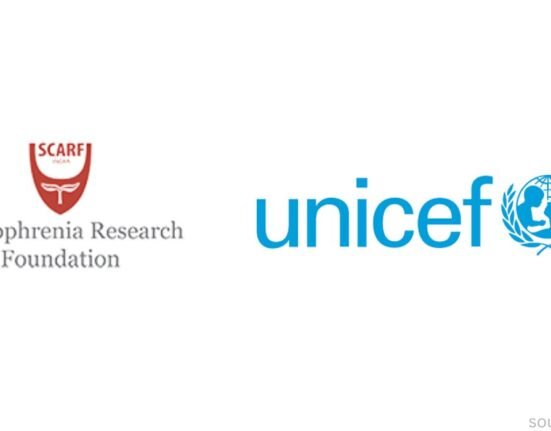Have you ever found yourself involved in an activity with effortless attention and enjoyed the activity for the sheer sake of doing it? Mihaly Csikszentmihalyi, identified this enjoyable and focused state as “Flow” and defined it as ‘a state in which people are so involved in an activity that nothing else seems to matter; the experience is so enjoyable that people will continue to do it even at great cost, for the sheer sake of doing it.’” The present study helps to understand neural association with flow during creativity production, jazz improvisation, and how the level of experience matters to get into a creative flow.
This study has used the same data set as the study of Rosen et.al (2020) to analyze the neural and psychological correlates of flow, interrogating the involvement of large-scale brain networks, especially to check the role of DMN and FPCN during creative flow experience whether the involvement of these networks is modulated by level of experience. 32-Jazz guitarists (1 female) with no history of neurological disorders or severe head trauma, substance abuse or dependence, current treatment with mood stabilizing medications, or severe hearing impairments participated in this study with different levels of experience from novice to experienced. They were asked to perform and improvise in a live jazz setting until they met the provided chord sequences.
Also Read: The Neurobiology of Music and Emotions
Four jazz experts with at least 25 years of experience were recruited to judge the jazz improvisation. Consensual Assessment Technique by jazz judges and self-rated quality by participants were used to rate the creativity of improvisation. Electroencephalograms (EEGs) were recorded during the jazz improvisation and used SPM12 for reconstructed flow-related and experience-related neural sources. The Core Flow Rate Scale was used to measure the flow rate after each jazz improvisation.
The result of this study found the following facts about the neural association and creativity flow among experienced and non-experienced jazz guitarists:
- High creative flow is related to a network of left-hemisphere visual, auditory, and somatosensory areas and low flow is associated with right-temporal activity and other, presumably executive, activity in the superior frontal gyri.
Musicians who experienced high flow-state reported activity in the left hemisphere especially the tactile and auditory processing regions, and these regions are important for musical performances. This association indicates that high flow of engagement with sensory level - Low flow improvisation
- High-experience musicians showed a high level of creativity flow during jazz improvisation which shows the importance of domain-specific expertise as a prerequisite for achieving flow. It also showed reduced activity in posterior DMN nodes and modality-specific left-hemisphere flow-related activity.
- Little flow-related brain activity has been shown by low-experienced musicians which demonstrates the key role of expertise in achieving the state of flow along with the immersive involvement in an activity. Low-experience musicians also showed no flow-related FPCN or DMN modulation and modality-specific right-hemisphere flow-related deactivations.
Also Read: Why Do We Listen to Sad Music?
This study has some limitations too, as it is only limited to jazz musicians’ creativity, so it can’t be generalized to other types of creativity. A diverse group of people needs to be part of the study to explore the EEG method that has been used to measure neural activity which doesn’t cover all the creative areas of the brain, so further studies need to use methods like FMRI to explore potential subcortical activity.
References+













Leave feedback about this